Light! The Secret Sauce of Award-Winning Photography
Light! The photographer’s magic word.
We hear about light in photo Internet groups. We talk about light with our photography friends. Perhaps, we even recognize that there are different types of light.
However, if you’re ready to take that next step to become a confident photographer, you must understand light.
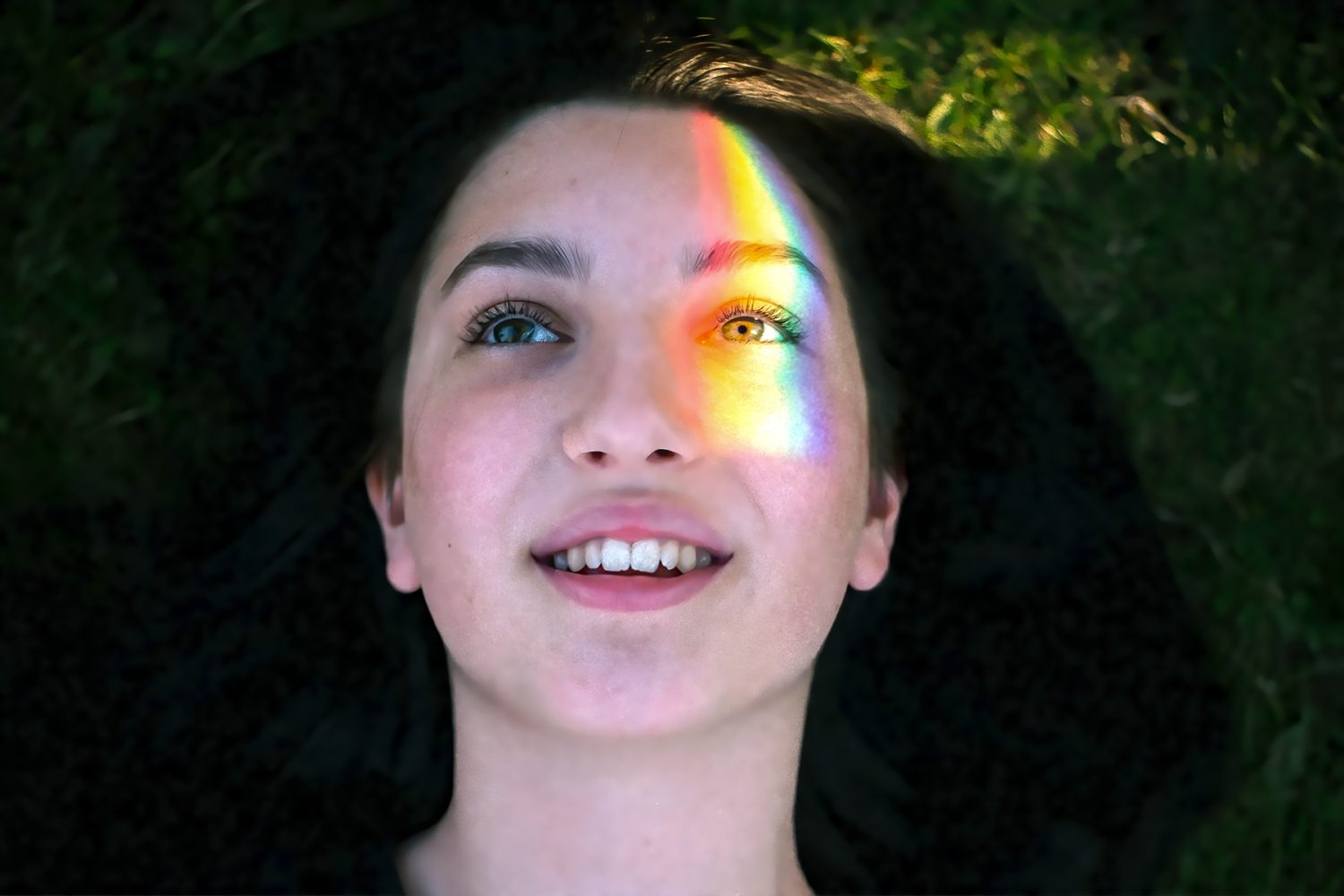
001
Light has characteristics. It is malleable, and it can be altered naturally or artificially.
The first malleable characteristic we will talk about is the wavelength. Do you remember in grade school when the teacher would break out a glass prism and cast a rainbow of light across the room? The prism was breaking full-spectrum light (white light) down into the various wavelengths of visible light.
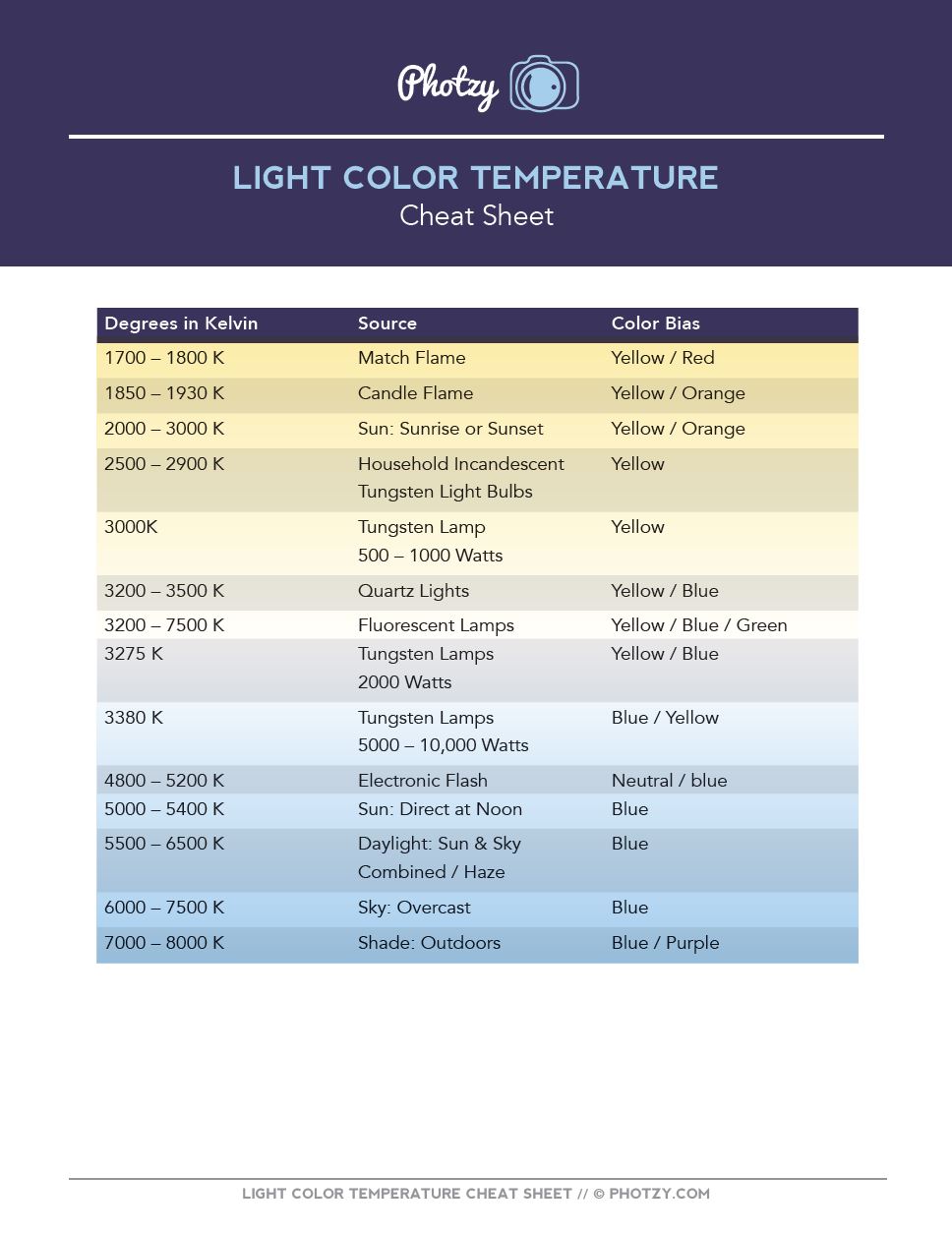
002
Every wavelength of light has a color bias, and that bias will affect your photos.
Characteristic #1 – Light has varying temperatures measured on the Kelvin Scale. Each temperature produces a color bias when captured on film or a digital sensor.
Understanding color temperature is essential. By understanding the temperature of the lighting in front of you, you can compensate for your resulting photo with a proper white balance setting on your camera.
What is the white balance setting actually doing?
The color temperature of a light source will create a color bias. The white balance setting on your camera reads the color temperature of the light and adjusts to it. The adjustment is designed to make any white object you see with your eyes appear white in a digital photo file. Our eyes automatically make this adjustment. But cameras must be told what to do, which is the purpose of the white balance setting.
Without Light, There Would Be No Photography. Light is Essential.
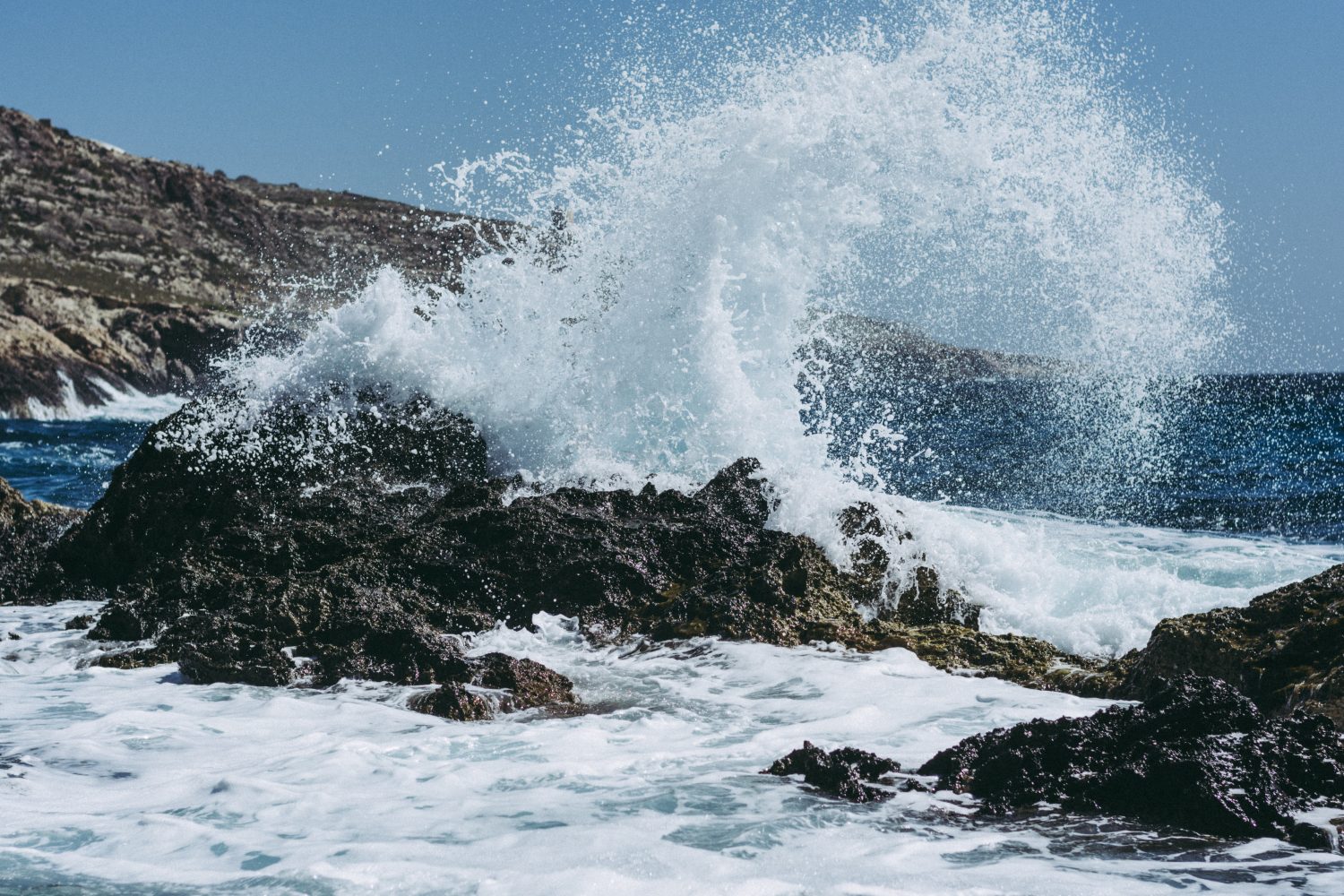
003
Characteristic #2 – Light travels in waves and reflects.
Light travels in waves similarly to water. What happens when a wave of water hits an immobile object, such as a rocky beach? It crashes against it and reflects backward.
Light waves reflect when they hit an opaque object. Or they partially reflect when they hit a translucent object.
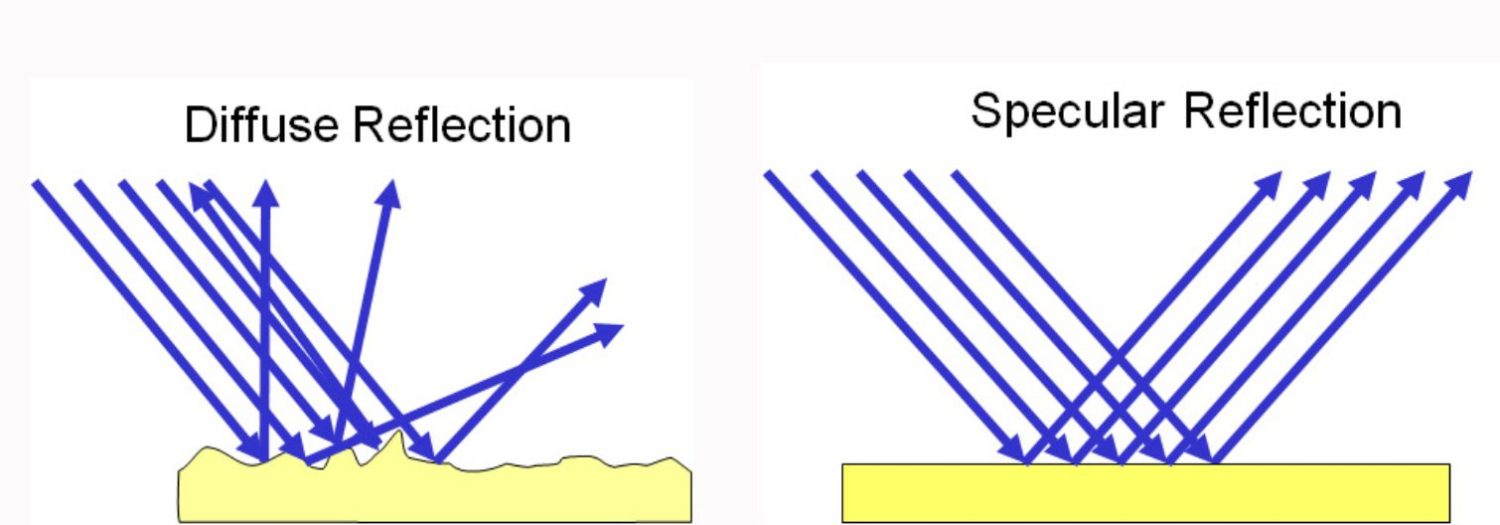
004 – Illustration courtesy of Wikipedia
If you are new to photography and lighting, this one concept is super important!
We’ve established that light moves in waves and reflects off of opaque objects. What if a thing isn’t opaque but translucent? Part of the light wave will be reflected, and part of the wave will be refracted and pass through the object. The reflected portion of a light wave will bounce back at the exact same angle as the incident ray from the light source – if the reflecting surface is smooth.
This concept is crucial to you as a photographer because virtually all photo lighting gear is based upon this characteristic of light.
True Story: I once witnessed a wedding photographer struggling to do a bridal portrait because he was trying to bounce his electronic flash off of a window. Oops! That’s a very translucent object, and no light was reflecting as a result. I also witnessed that same photographer instructing his assistant to hold a reflector in no way that wasn’t reflecting any light onto his subject because the angle was completely wrong.
Pro Tip: Remember, just holding up a reflector doesn’t necessarily mean it will get the job done. Think of using a reflector like playing a game of pool. The light source is the incoming cue ball hitting a game ball. Your reflector is the bumper. You then place the reflector at the right angle to put the ball into the pocket (the reflected light on your subject).
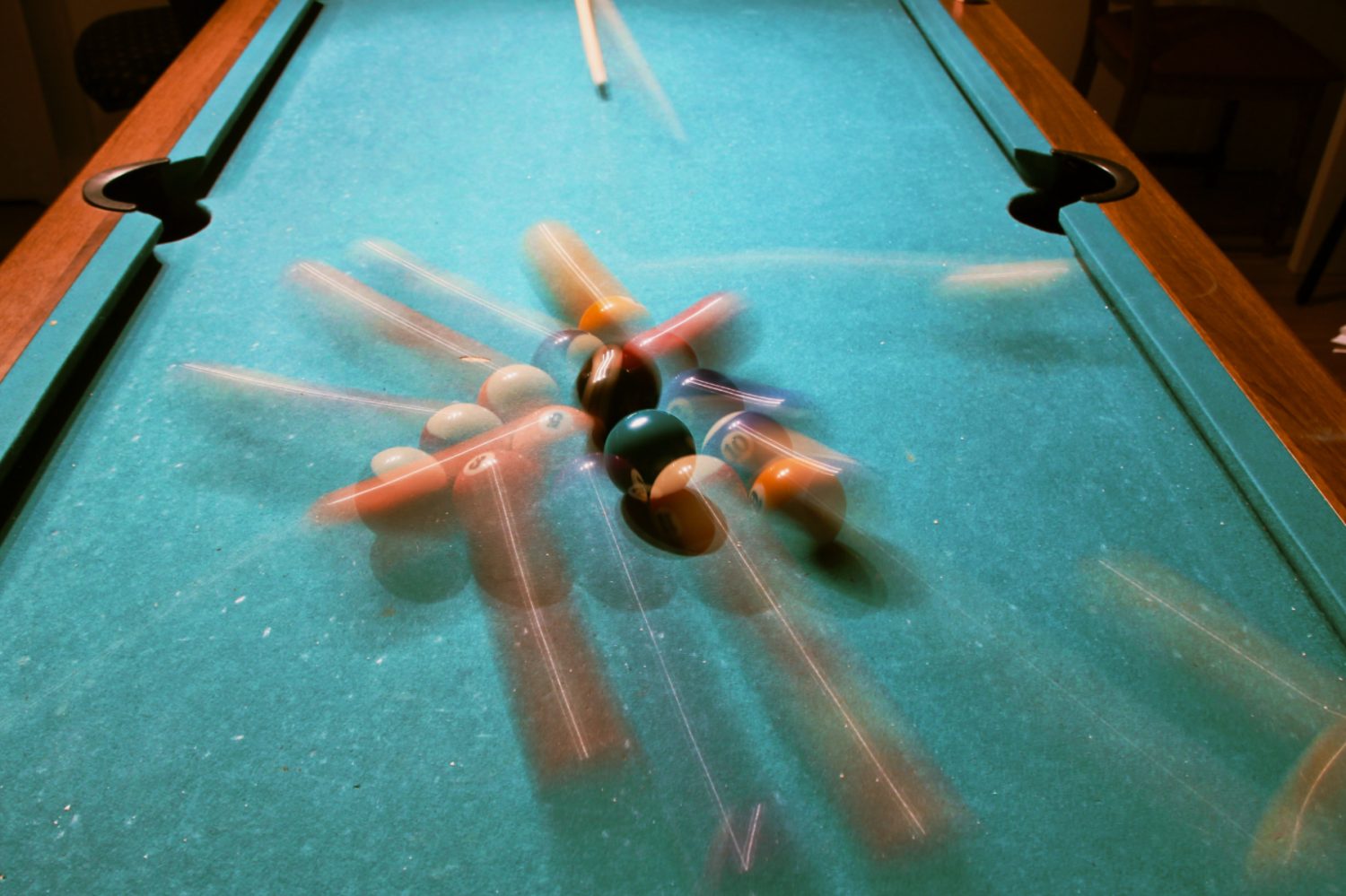
005
With light, it’s all about the angles!
Characteristic #3 – Light waves can be ‘disturbed’ by surface texture.

006
This concept is crucial, and I’ll tell you why. You have no doubt heard of soft light and hard light. This concept defines the difference between the two.
When light waves reflect from an uneven surface, they become jumbled, traveling in all different directions. This produces soft light.
When light reflects from a smooth surface, it is uninterrupted in its angular path. This is known as a specular reflection. This type of reflected light has more intensity, is more directional, and is known as hard light.
This characteristic of light is the tech behind the design of softboxes, photo umbrellas, and reflectors.
Characteristic #4 – A surface absorbs light waves.

007
Have you ever wondered why most lighting gear uses a white surface? The reason is that the color white reflects a clean unaltered color temperature as the source. This is related to the characteristic of light known as absorption.
When light hits a surface, some of that light is absorbed into the object, and the balance is reflected. Two elements affect this property of light.
- The object’s texture plays a role. A rough surface absorbs more light and reflects less. A smooth surface reflects more light and absorbs less.
- The color of the surface determines what wavelengths of light reflect and what wavelengths get absorbed.
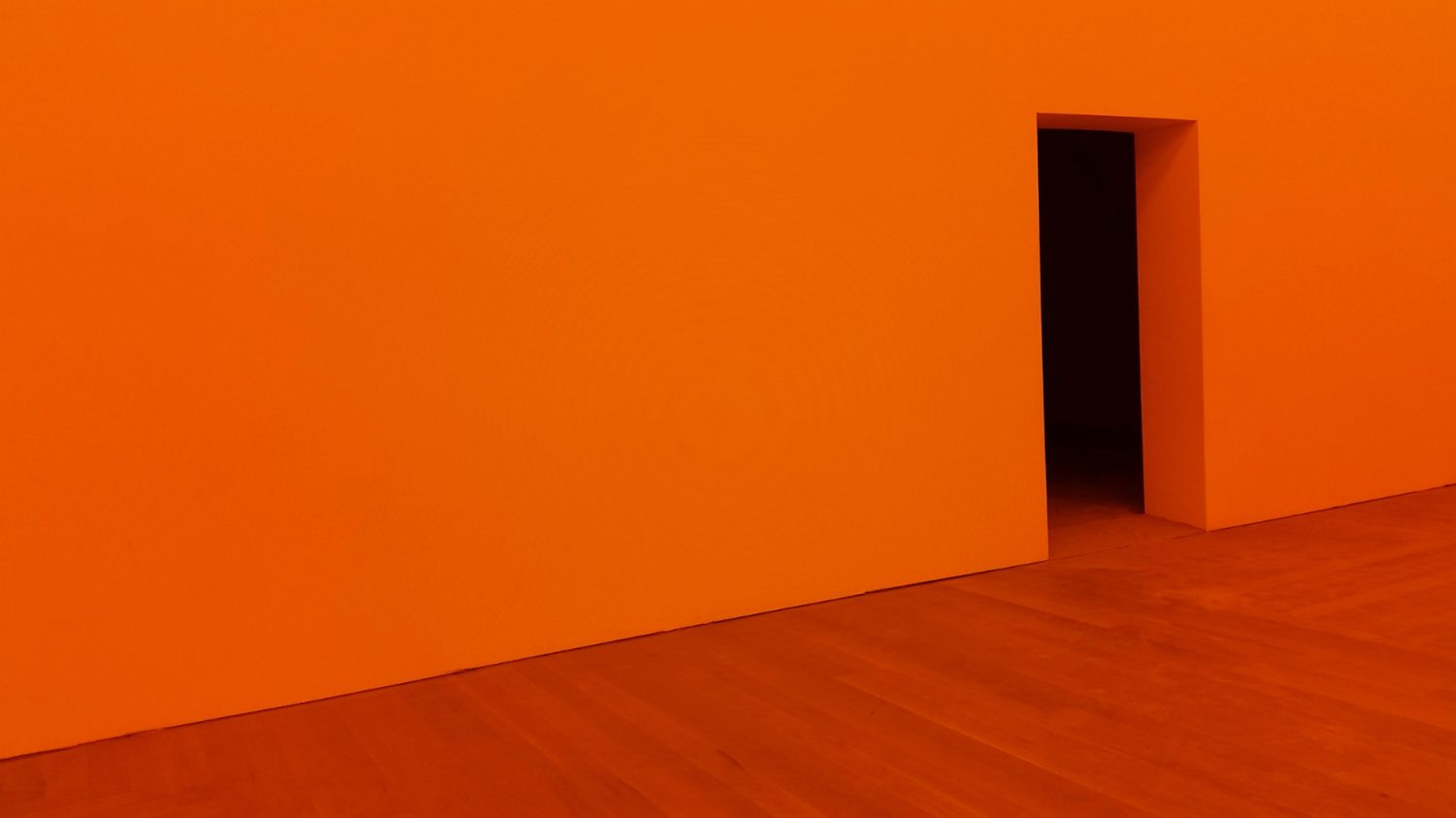
008
When light reflects from a colored object, only the object’s color is reflected, and all the other wavelengths of light are absorbed.
If we photograph a red apple, the apple appears red because only the red wavelengths are being reflected.
What would happen if I attempted to light my portrait subject by bouncing my electronic flash off the wall pictured in 006?
My poor subject would appear as though they had a major sunburn! The reflected light would be orange.
Pro Tip: You should be primarily concerned with absorption when using reflected light. Keep this in mind. White light contains all the colors of the spectrum. So, if I placed my subject in the orange room in image 006 and lit them with a full spectrum light source, that white light would ‘dilute’ the red reflected color and bring the person back to normal color.
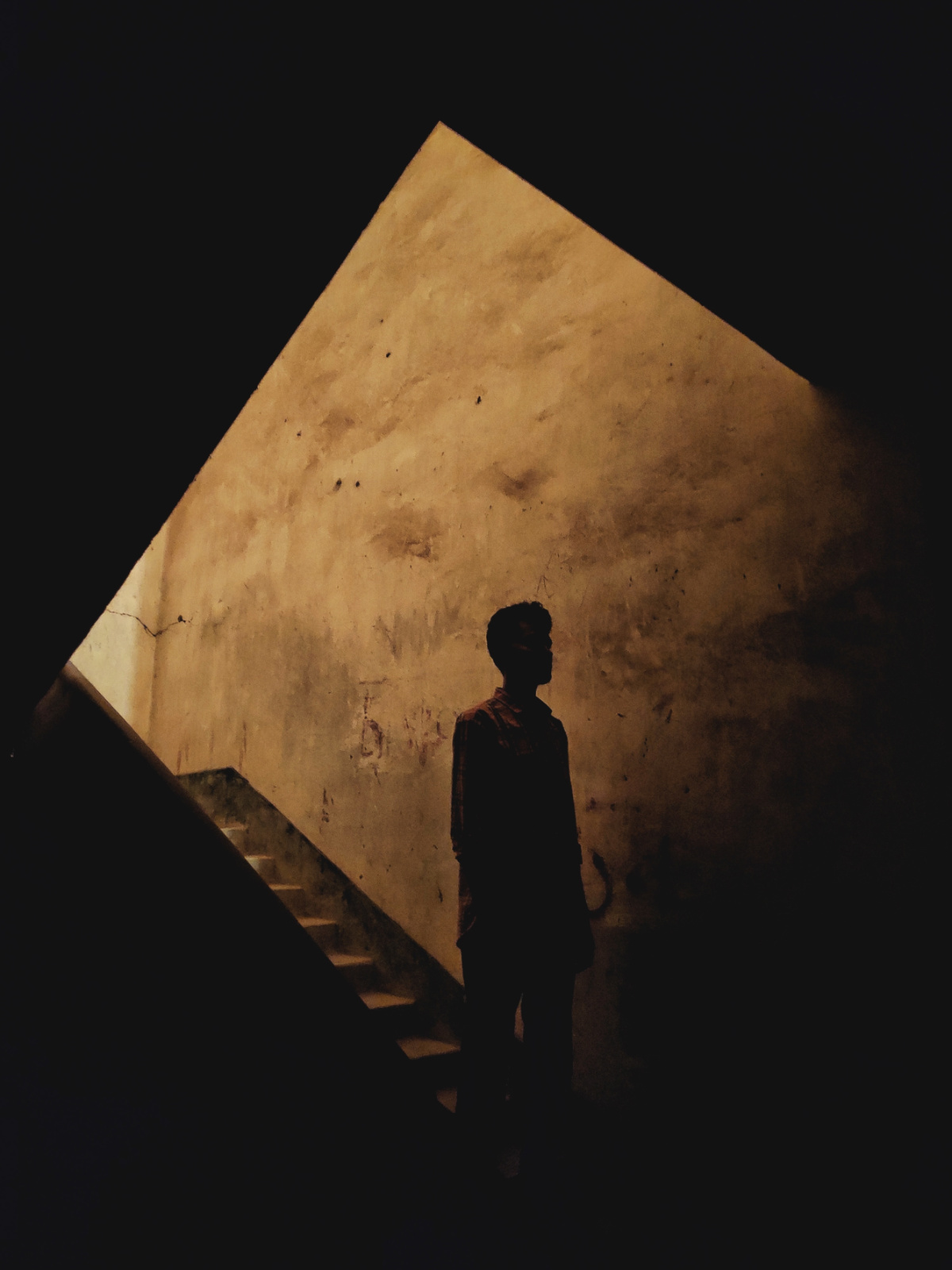
009
So, why is understanding the characteristics of light important?
We all start out in photography the same way. We get a camera, see interesting things, and snap a picture.
But most of us want to excel past that state of being. We want to create in a way that inserts some of our own personality into our photos, and ultimately communicates and touches the people who see our pictures.
The lighting in your photos is a crucial element to mastering that part of photography.
Check this out.

010
We now realize that light and color are intertwined in a scientific nature that cannot be ignored.
Color is a primary emotional trigger for humans. Every industry on the planet knows this, which is why they put so much time and consideration into what color their logo might be or what color the reception area’s walls should be to send a positive message.
By understanding the principles of light discussed in this post, you can make rational, well-planned decisions on how the color of your photos will affect those that see them!
If you want to learn more about harnessing the power of light in your images, check out my guide, Understanding Light Book One. This guide will help you master the core concepts of light and allow you to create more mood and feeling in your shots. Read it here.
